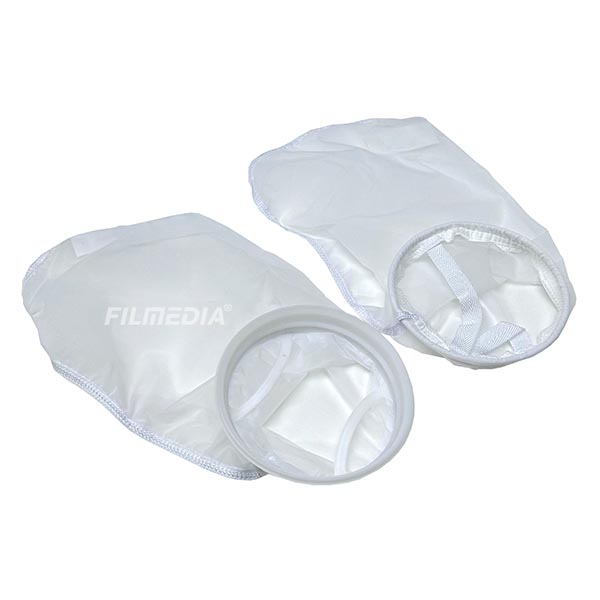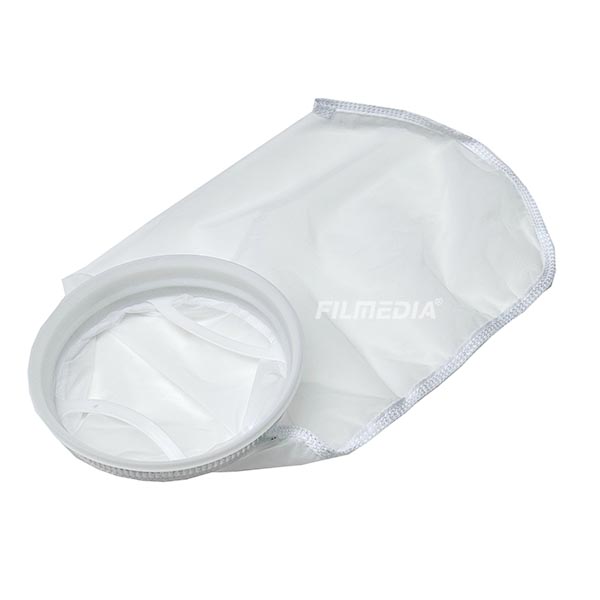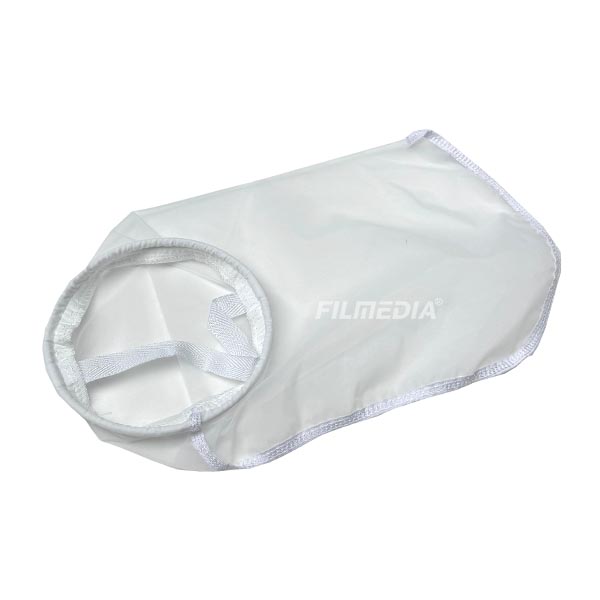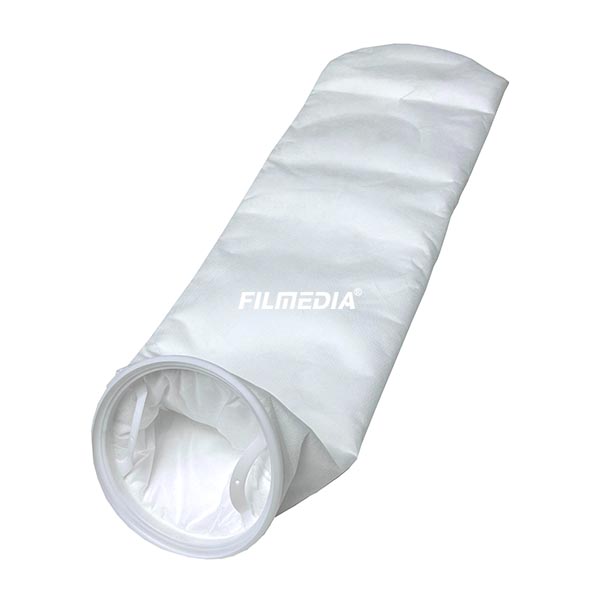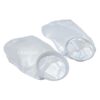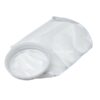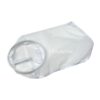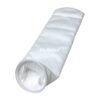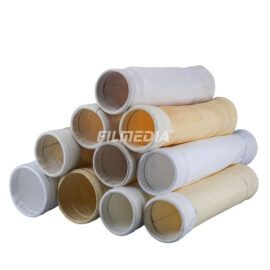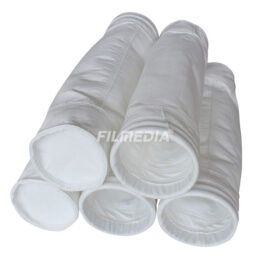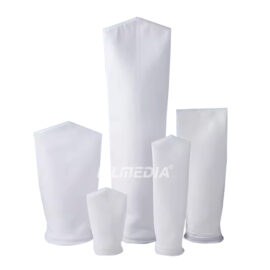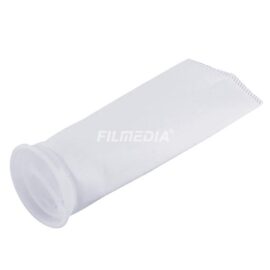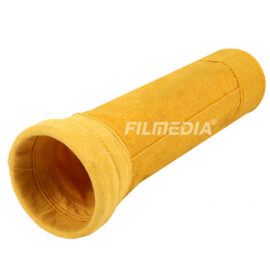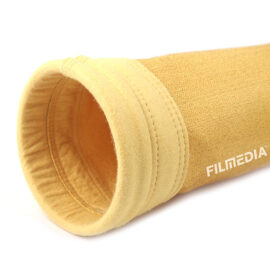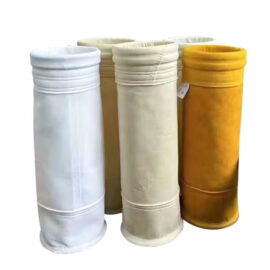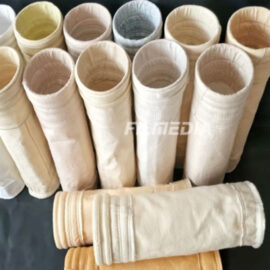- Sock Construction: Sewing Thread or Hot-melt.
- Filter Media: Polyester, Polypropylene, Nylon, NOMEX, PTFE.
- Top Design: Zinc-plated SS 304, Plastic Ring.
- Bottom Design: Round or Square.
- Micron (μm): 1, 5, 10, 25, 50 ,80, 100, 125, 150, 200, 250, 300, 400, 600, 800, 1200, 2500.
Description
Sock filter bags resemble socks, they are designed to fit snugly into filter housings and are an effective and versatile solution for a wide range of industrial filtration applications. Their ability to effectively remove contaminants from liquids and gases, combined with their ease of use and affordability, make them a popular choice across a wide range of industries. Whether used for water treatment, chemical processing or food production, sock filter bags help maintain the purity and quality of the materials being processed.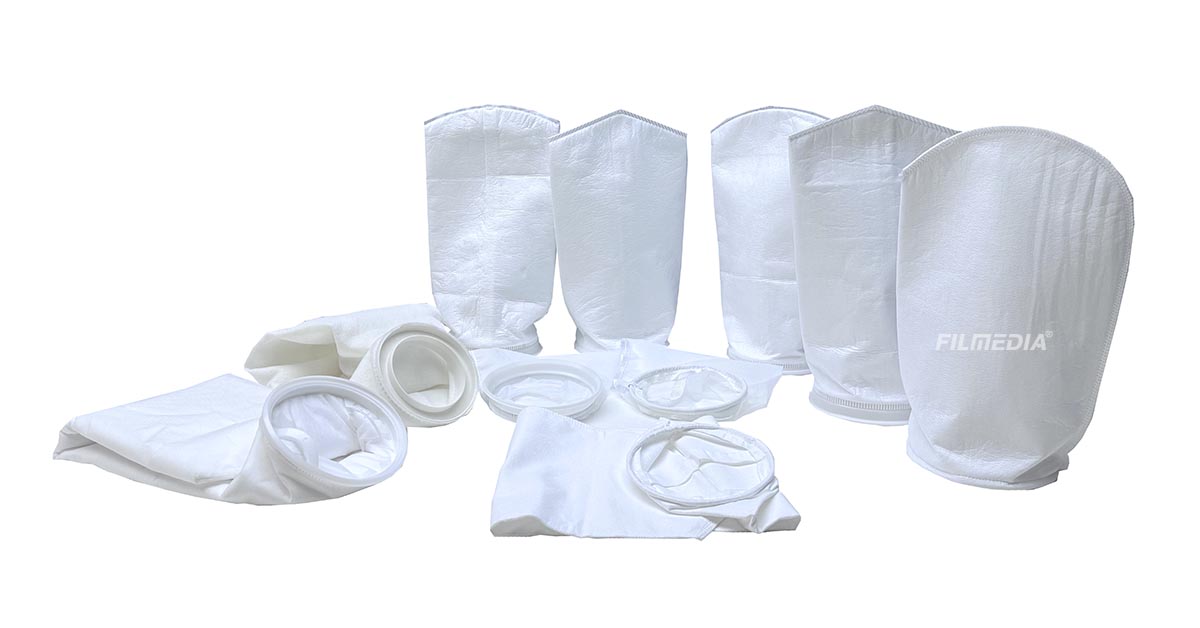
Materials and Performance of Sock Filter Bags
| Material | Filtration Range | Temperature Resistance | Chemical Resistance | Durability | Cost | Applications |
|---|---|---|---|---|---|---|
| Polyester (PET) | 1 to 200 microns | Up to 150°C | Good (Resistant to weak acids, alkalis, and solvents) | High | Moderate | Food and beverage, water treatment, chemical filtration, paint, and coatings. |
| Polypropylene (PP) | 1 to 200 microns | Up to 120°C | Excellent (Highly resistant to acids and alkalis) | Moderate | Low | Water treatment, food and beverage, pharmaceutical, chemical industries, and oil filtration. |
| Nylon | 1 to 100 microns | Up to 180°C | Fair (Resistant to oils, hydrocarbons, and some solvents) | High | High | Oil and gas industry, solvents, and wastewater treatment. |
| NOMEX® (Aramid Fiber) | 1 to 50 microns | Up to 250°C | Excellent (Highly resistant to heat and most chemicals) | Very High | High | High-temperature applications, oil and gas industry, petrochemical, and industrial filtration. |
| PTFE (Teflon) | 0.5 to 50 microns | Up to 260°C | Excellent (Resistant to almost all chemicals) | Very High | High | Chemical processing, pharmaceutical industries, wastewater treatment, and aggressive solvents filtration. |
We Pay Attention to Every Processing Details
- We precisely design the filter cloth size required for the filter bags, ensuring that the cloth is slightly larger than the actual design dimensions to allow for sufficient operational space.
- We select the appropriate filter bag accessories and thoroughly inspect their quality. The filter bags are then drawn, cut, and sewn using an automated production line. For manual processing, the bags are carefully laid flat on the operating platform, using controlled pulling force to ensure evenness.
- We uphold strict quality standards throughout the manufacturing process, adhering closely to design specifications and operational procedures. All workers follow safety protocols and are prohibited from smoking on the premises to maintain a safe and compliant working environment.

